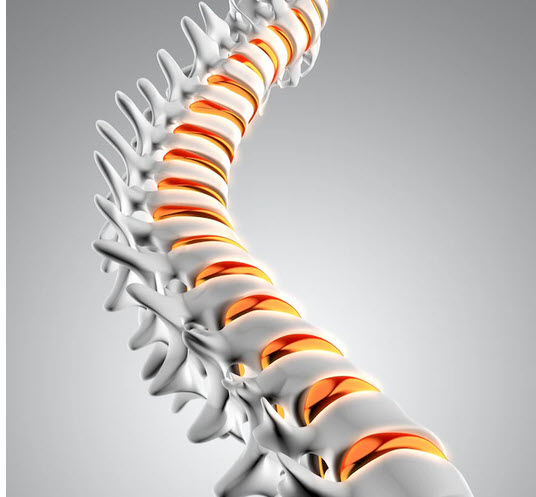The bones in your spine, called vertebrae, are the building blocks of your back. There are many different problems that may develop with your spine and its many elements, and one of them is called spondylolisthesis. The root cause of discomfort is usually that one of the vertebrae has slipped out of place and is impacting another vertebrae. This condition should not be confused with disc herniation which involves a ruptured disc and often causes constant pain. Instead, spondylolisthesis typically leads to pain in your legs when walking or standing for long periods. Once you sit down or lie down, the pain of spondylolisthesis often dissipates.
Degenerative spondylolisthesis
There are two primary types of spondylolisthesis. When the spine is damaged simply from wear and tear, it is called degenerative spondylolisthesis. The condition is random, without specific reasons one person develops it and another does not. Some patients develop symptoms in mid-life and others in their senior years.
Isthmic spondylolisthesis
A second type of spondylolisthesis is called isthmic spondylolisthesis, which develops when a small fracture occurs as a result of an injury or a weak area related to spinal development. This rare condition usually develops in adolescence and often has no symptoms. It typically affects the lower portion of the spine.
Diagnosis
Spine surgeon Dr. Charla Fischer in New York City is skilled in diagnosing both types of spondylolisthesis. Because degenerative spondylolisthesis is usually accompanied by symptoms like back or leg pain, patients often seek the help of a physician for treatment. An X-ray or MRI can show degenerative spondylolisthesis. On the other hand, isthmic spondylolisthesis is usually diagnosed through an X-ray that is performed related to some other health problem. Since symptoms are often not present, isthmic spondylolisthesis is often not diagnosed unless it is found this way.
Treatment
It is not always necessary to treat spondylolisthesis. The only patients who require treatment are those who experience discomfort or negative impacts in their daily life. If you and Dr. Fischer decide together that treatment is advised, many options are helpful. Some common treatments are pain medication, ice or heat therapy, physical therapy, or weight loss. In very severe cases, surgery may be recommended.

